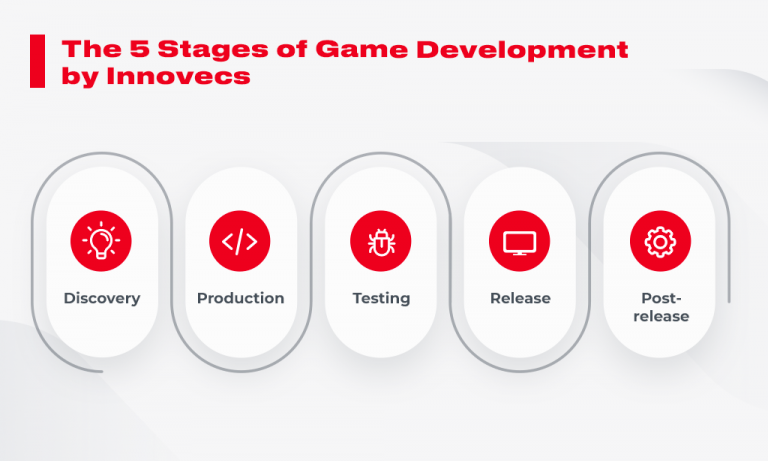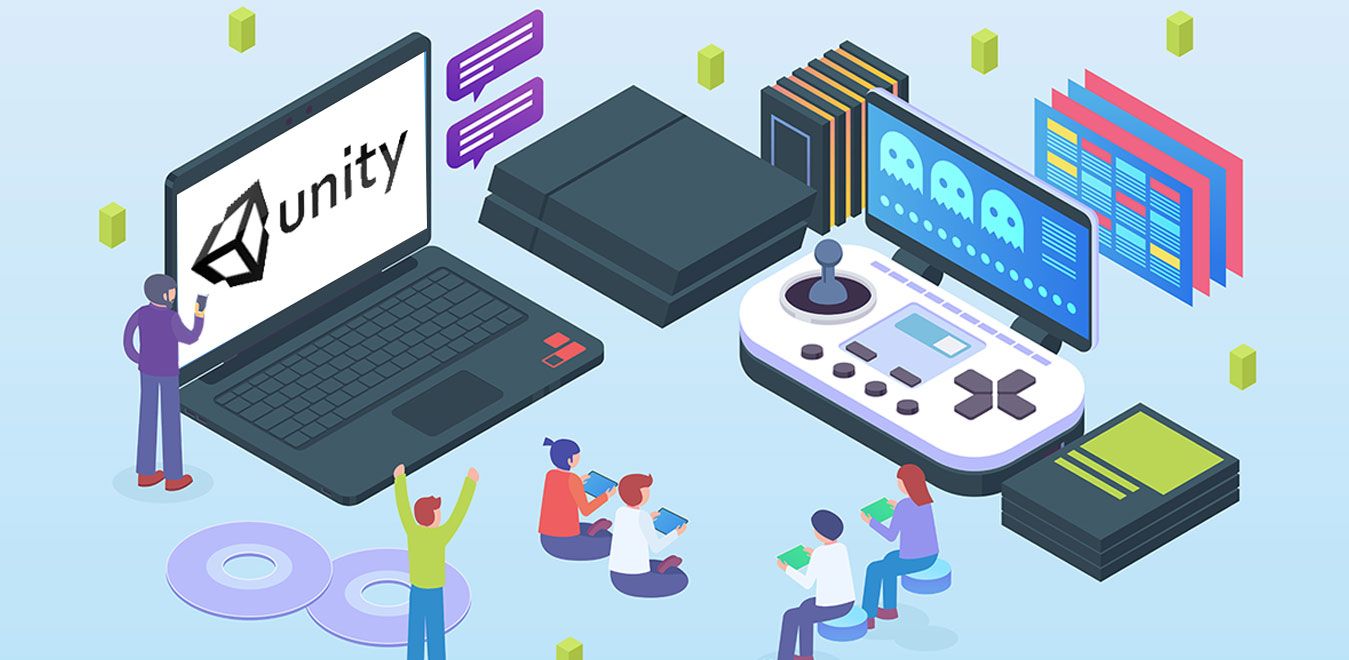March 4, 2023
The video game business is booming, and with it comes the need for more trained talent. Inspired by market demands, schools and colleges worldwide have implemented programs educating the next generation of Game Developers. But these courses are still a novelty compared to traditional law, medicine, or marketing degrees. So, what is it like to study Game Development?
I spoke to my friend Alina, a second-year game Game Development student specializing in Game Art. She shared her unique experiences in her degree, her biggest challenges, her learnings, and more!
How to get into a Game Development program?
Alina began her degree in Fall 2021 at a Finnish University of Applied Sciences. Since childhood, she’s had a great passion for drawing. For example, she’s the creator of a horse roleplaying community based on drawn horses. She writes stories about the horses’ life and background and hosts horse competitions. Alina’s also been a gamer since childhood and was curious to explore how her favorite games are brought to life.

Towards the end of high school, she considered studying for a degree related to 3D modeling and game creation. Her mother then pointed her toward her current program, which she had discovered on a website listing Finnish degree programs.
Since Alina applied to a Finnish university, her application process followed standard Finnish guidelines: She had to either achieve high grades during her final high school examination or pass an entrance exam held by the university. Due to the unique structure of her degree, no art portfolio was required.
What does a Game Development degree look like?
The official name of Alina’s degree is “Business Information Systems.” After 3.5 years, she’ll graduate with a Bachelor of Business Administration. You may be surprised that this doesn’t sound like an art degree. So, let’s have a detailed look at this degree program!
Alina’s school accepts about 90 students per year who study basic business, and IT subjects during their first year. This phase features courses, such as Mathematics and Basics of Coding, taught in Finnish. The first year focuses on a more theoretical teaching style with multiple exams and only a few practical assignments.
At the end of the first year, all students have to participate in a big group assignment. Different groups are tasked with creating a small game. In Alina’s case, this was an endless running game on mobile. Based on this project, students choose between three degree paths:
- Software Development
- Game Development
- Entrepreneurship
The Game Development path is further divided into Game Programmers and Game Artists. From this point onward, members of each path study separately unless courses overlap. Moreover, the teaching language changes to English to reflect the international job market and working environment. The students are also taught by international teachers. The second phase of the degree contains more practice. There are no exams, and all projects are completed in groups. Once again, this is done to authentically represent the conditions of the work world.
In its final year, the program features a mandatory internship. Students can complete the internship in one go by working continuously for six months. Or they can have two internships of three months each. Finding an internship spot relevant to one’s study path is recommended. However, the university knows how challenging it can be to find internship places in Game Design. Therefore, all kinds of practical training are allowed as long they benefit the student’s career.
What kind of courses, assignments, and skills are part of a Game Development degree?
According to her study path in Game Art, Alina has the following courses:
- Game Design for Artists
- Play Testing and Usability
- Game Business and Production
- Game Project 2 (To create another video game)
- 3D Modelling courses
She adds that it feels like the program expects Game Art students to have previous art knowledge. There are only a few courses on art basics, such as working with Photoshop. Instead, the courses prioritize the technical expertise required to be a successful Game Artist, like using Unity. Alina recommends starting out with an Arts and Media degree for art newcomers. This program equips students with basic art knowledge related to drawing, photography, and more. As an Arts and Media student, it’s then still possible to join Game Art courses.
Alina has to complete several practical assignments throughout her studies. Big game projects are supplemented with many small tasks to help her learn through repetition. For instance, she’s had to 3D model a snowman and different sceneries.
All of this has taught Alina valuable skills. For example, she says she now understands the critical role of teamwork and communication in Game Development. Without these, it would be impossible for the many functions involved in Game Development to coordinate their work and create a final, coherent product. On top of that, she’s learned technical skills and which resources and steps are required to make video games.
What does a day in the life of a Game Development student look like?
Alina has two or three lectures per week. Some of them are remote, and some of them are at her campus. On a fully-remote day, she’ll usually wake up before her lecture and get ready for her day. Her classes tend to go from 9am to 3pm, with a few breaks for lunch and unwinding. During this time, she’s on a call with her teacher and a maximum of 20 classmates. However, attending the lectures isn’t mandatory, and they’re recorded for later usage. That’s why many of her peers don’t attend all lessons.
The lectures are structured to allow students to practice alongside their teacher’s instructions. Alina says she usually tries to execute the teacher’s exact steps. If she struggles with something, she can always ask the teacher for help, who will then take a break to look at her problem. After the lesson, she works on school assignments, does chores and, of course, plays games.

Days without lectures are meant for independent work on assignments. She’ll then, for example, meet with her study group to discuss the features and design choices for their next game project.
What are the challenges of studying Game Development?
Alina told me that she sometimes doubts her own skills and art. She worries that her work might live up to industry standards. She certainly isn’t alone with this, as many gaming and esports professionals struggle with Imposter Syndrome. If you feel like you’re not good enough to make it as a Game Development student, check out our previous article on dealing with Imposter Syndrome in the gaming industry!
Another challenge Alina has encountered during her studies is aligning her art style with that of other artists to create coherent art. This is necessary to meet a game’s unique art style. Finally, Alina finds it challenging to manage her time well and motivate herself to work consistently. She says that her degree necessitates the ability to work independently on assignments.
For her, the most difficult courses were Mathematics, Databases, and Information Networks.
What is the best part about studying Game Development?
Alina loves Game Development not only because of her passion for games. She also loves that she gets to work in a steadily evolving field that pushes her to learn new things. On top of that, she’s already met many kind and talented peers she loves working with.
Do Game Development students receive career guidance?
In Alina’s degree, students can participate in webinars about working in the gaming industry. However, most of the career guidance happens informally. For example, her teachers have work experience in gaming and know what’s sought-after in the industry. They encourage students to:
- Network with peers on social media and at industry events,
- Build an art portfolio, and
- Build a personal brand on social media.
In addition, the study environment is quite supportive. Teachers and students assist each other in progressing in their studies and careers. They’re also part of a Discord server, and students can ask for career advice on Discord anytime.
What comes after a Game Development degree?
Alina admits she’s worried about working in a field as volatile as gaming. Moreover, she’s concerned by the often questionable working conditions exposed by the media. Alina explains that she loves helping people and that she doesn’t want her kindness and her passion for games to be exploited. However, she can see herself working for a small game developer after graduation, where she can feel appreciated for her contributions.
Conclusion
Everyone’s gaming journey is unique. I recommend doing extensive research and gathering diverse opinions before choosing a career path. But I hope Alina’s insights have helped you find out if Game Development is something for you! Alina’s dream as a Game Artist is to work on a big project, such as Red Dead Redemption, or make a realistic horse-riding game. And just as much as I believe in her dream, I believe in yours!
If you need more career resources or have your own story to tell, shoot me a direct message on LinkedIn or Twitter!